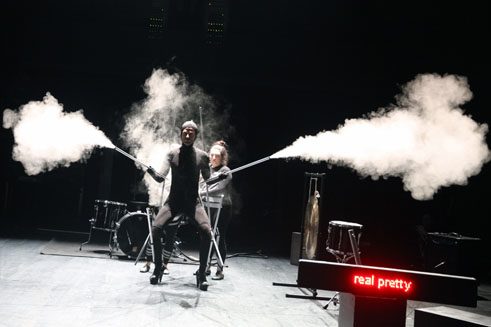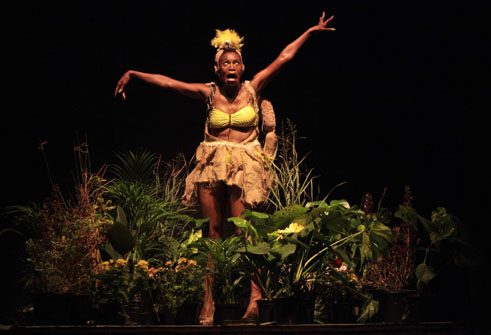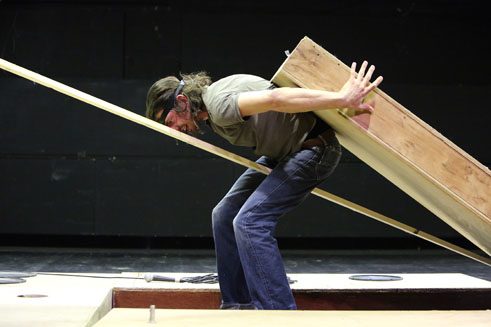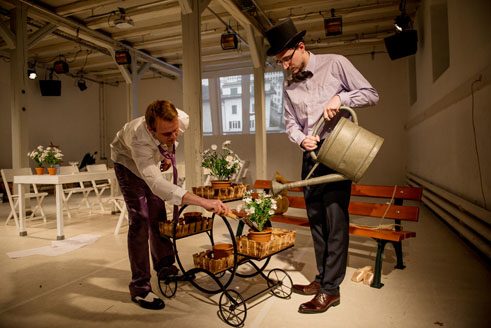Spielart Festival 2015
“Tableau vivant of our times”
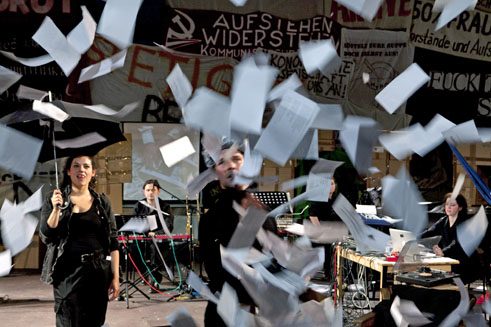
The Munich Spielart Festival 2015, which will take place from 23 October to 7 November, is more cosmopolitan and political than ever. It will present plenty of new things, draws attention to the scope and limits of art in resistance and question the euro-centric point of view.
For the sixteen festival days set aside seventy hours’ time – plus as much party time as you like. For Spielart always demands much: viewing and participating, reflection and experience. And the festival is becoming bigger and bigger. For twenty years now the director duo, Tilmann Broszat and Gottfried Hattinger, have been directing their attention to the whole world. The two leaders have shown and established new artistic approaches without losing as a result their curiosity and their inquiring minds.
Since 2011 they are reinforced by the dramaturge Sophie Becker. In 2013 she created the performance and discourse project Wake Up! Assembly for a Different Europe – the model for a programme focus in 2015: Art in Resistance. Another focus of Spielart are new works, which at the time of the festival’s start should not be older than three months or else have been commissioned specially by Munich artists such as Ana Zirner, Benno Heisel or Anna Konjetzky. As the third focus there are the non-European guest performances.
